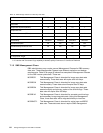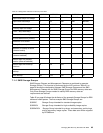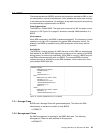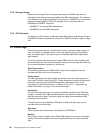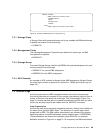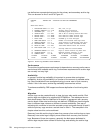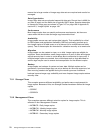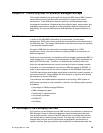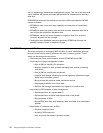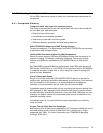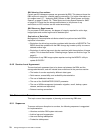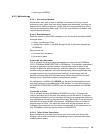72 Storage Management with DB2 for OS/390
means that a large number of image copy data sets are required and need to be
managed.
Data Organization
Image Copy data sets are physical sequential data sets. Record size is 4096 (for
any size of page) and the block size is typically 28672 bytes. Sample statements
to execute an image copy are shown in Figure 137 on page 198 in Appendix B,
section B.3, “Image Copies” on page 194.
Performance
Most image copies have no special performance requirements, but there are
cases when the time to take an image copy becomes critical.
Availability
Image copies ensure user and system data integrity. Their availability is critical
for DB2 system and application availability. DB2 can optionally generate up to
four image copies of a table space or of a data set (for a multiple data set table
space). Two of these copies are intended for a disaster recovery at a remote site.
Migration
Image copies can be created on tape, or on disk. Image copies are eligible for
migration. Some installations create image copies on a pool of disks and migrate
asynchronously later in order to avoid delays due to contention for tape units. If
multiple image copies are created, then a technique such as that described for
archive logs may be used to ensure device separation for the different copies.
Backup
Image copies are backups of system and user data. Multiple copies can be
generated. A previous image copy can act as backup for the most recent one, but
then more log needs to be applied during the recovery process. Additional
backups improve image copy availability and more frequent image copies reduce
recovery time.
7.5.1 Storage Class
This example assumes different availability and performance requirements for
image copies. Because of this, two Storage Classes have been defined for image
copies.
• SCDBIC
• SCDBICH
7.5.2 Management Class
This examples assumes different retention cycles for image copies. This is
reflected in four Management Classes:
• MCDBICD - Daily image copies
• MCDBICW - Weekly image copies
• MCDBICM - Monthly image copies
• MCDBLV2 - Secondary image copies



